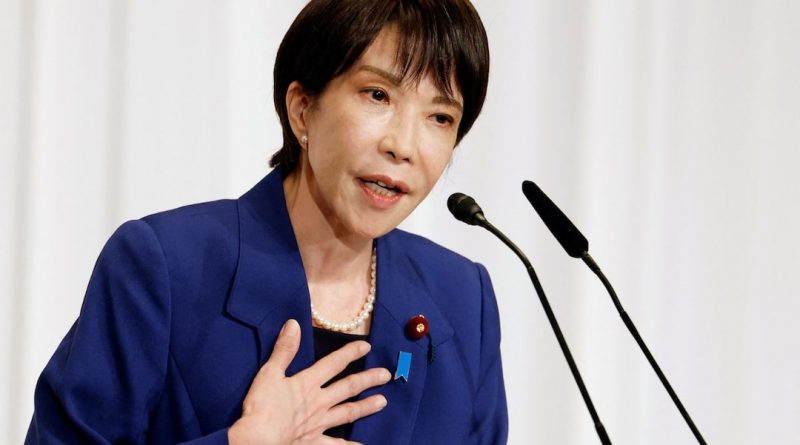Offhand Remark and Symbolic Gesture Signal Prolonged Strain in Japan-China Relations
Tokyo – Japan is facing a significant diplomatic challenge after an unplanned remark by Prime Minister Sanae Takaichi intensified tensions with China, creating one of the most serious rifts between the two nations in recent years.
Her comment, made during her first parliamentary questioning, touched on how Japan might respond to a hypothetical attack on Taiwan—an issue that remains deeply sensitive for Beijing.
Officials familiar with the situation insist the remark was not intended as a new strategic position, but its impact has been substantial, triggering strong reactions from China and prompting swift economic and diplomatic consequences.
Beijing responded with measures that affect tourism, trade and cultural exchanges, including a halt to seafood imports and cancellations of scheduled bilateral meetings and events.
Japanese officials say the prime minister cannot retract the statement, noting that although it was spontaneous, it aligned with existing security interpretations.
Domestic polling indicates that Takaichi’s popularity remains strong despite the controversy, and her office maintains that Japan’s position has not shifted and that channels for dialogue remain open.
China has not offered public comment on the situation, but the diplomatic signals coming from Beijing suggest a prolonged period of tension.
Analysts warn that the dispute may usher in a “long winter” for bilateral relations, particularly given the lack of an immediate path to de-escalation on either side.
Both Japan and China avoided direct confrontation over Taiwan in the past, with leaders adhering to ambiguity to maintain stability in East Asia and safeguard economic interests.
Observers note that Takaichi’s remark has created a diplomatic corner for Tokyo, one that complicates future engagement with Beijing at high-level forums and security discussions.
Beijing has already ruled out a potential meeting between Takaichi and Premier Li Qiang at an upcoming G20 gathering, a move widely viewed as another sign of China’s hardened stance.
Experts compare the rift to the 2012 dispute over the nationalization of contested islands, a period when relations froze and Japanese companies faced mass consumer boycotts in China.
If tensions persist at similar levels, Japan’s economy could face significant pressure, as China remains a crucial market for tourism, trade, industrial inputs and manufacturing components.
Research estimates suggest that China’s travel restrictions alone may cost Japan billions annually, placing strain on sectors dependent on foreign visitors and hospitality services.
A broader consumer boycott in China—similar to the one seen in 2012—could hit Japanese export industries, especially automotive and electronics, which rely heavily on Chinese demand.
Japan also remains reliant on Chinese supplies of rare earth minerals, materials essential for electronics, electric vehicles and advanced technologies.
Although Tokyo has been diversifying its supply chains, China still accounts for a significant majority of Japan’s rare earth imports, raising concerns about potential export curbs.
Diplomatic attempts to ease the current strain have only highlighted the depth of the divide, as seen during a recent meeting in Beijing between senior envoys from both countries.
The meeting was described as “solemn” by Chinese officials, with both sides restating long-standing grievances instead of moving toward resolution.
Symbolic gestures underscored the frosty tone, including the Chinese representative’s choice of historical attire and his visibly distant posture during televised coverage.
These details were widely interpreted as intended signals to domestic and international audiences, reflecting Beijing’s dissatisfaction and its readiness to express it openly.
Political analysts say such public displays are unusual for China, suggesting a deliberate effort to make a strong diplomatic statement.
Japanese officials acknowledge that there is currently no clear starting point for improving relations, adding that attempts to find an off-ramp have not gained traction.
China’s public rhetoric has also intensified, with harsh criticisms directed at Takaichi through official and unofficial channels.
Some analysts believe that improvement may only come if Beijing recalibrates its strategy with the United States, potentially creating an opening for Tokyo to reengage in future.
For now, observers expect the diplomatic freeze to continue, with both nations navigating a complex mix of security concerns, economic dependencies and political sensitivities.



